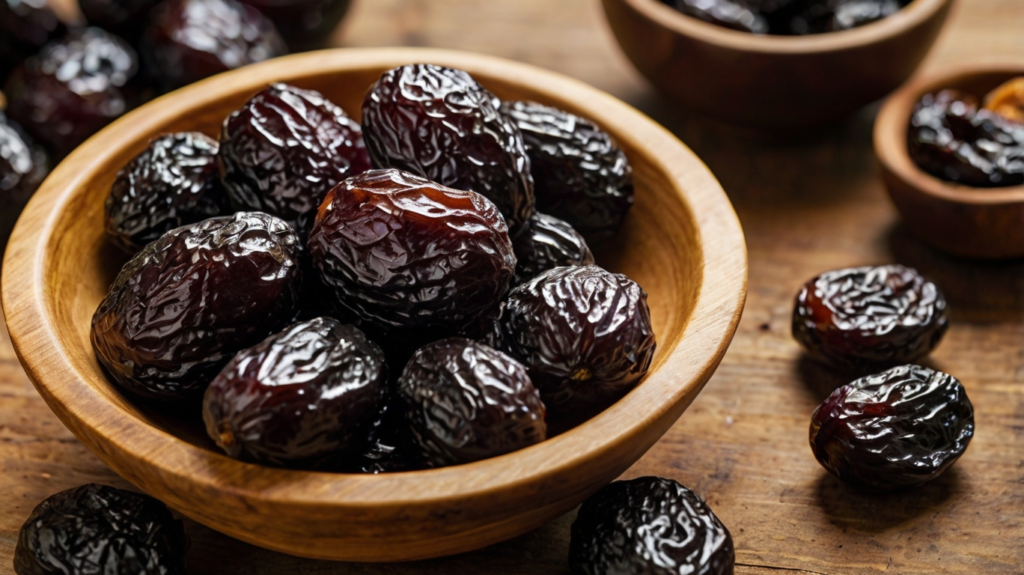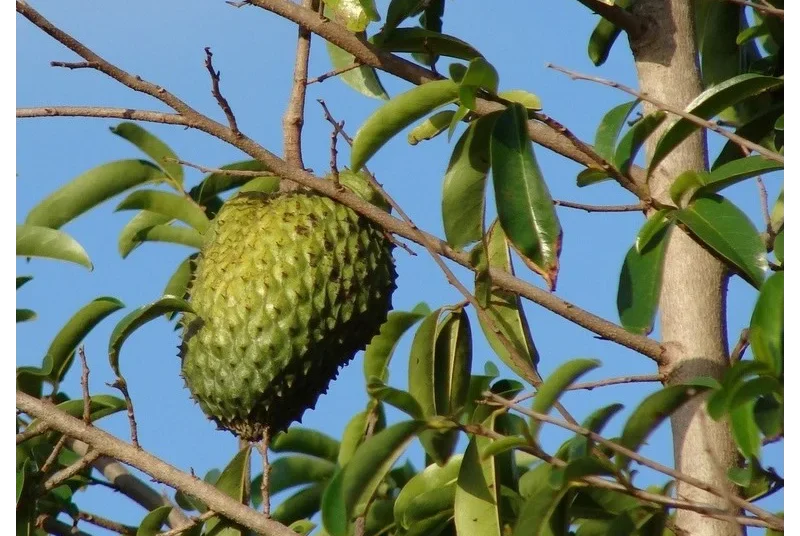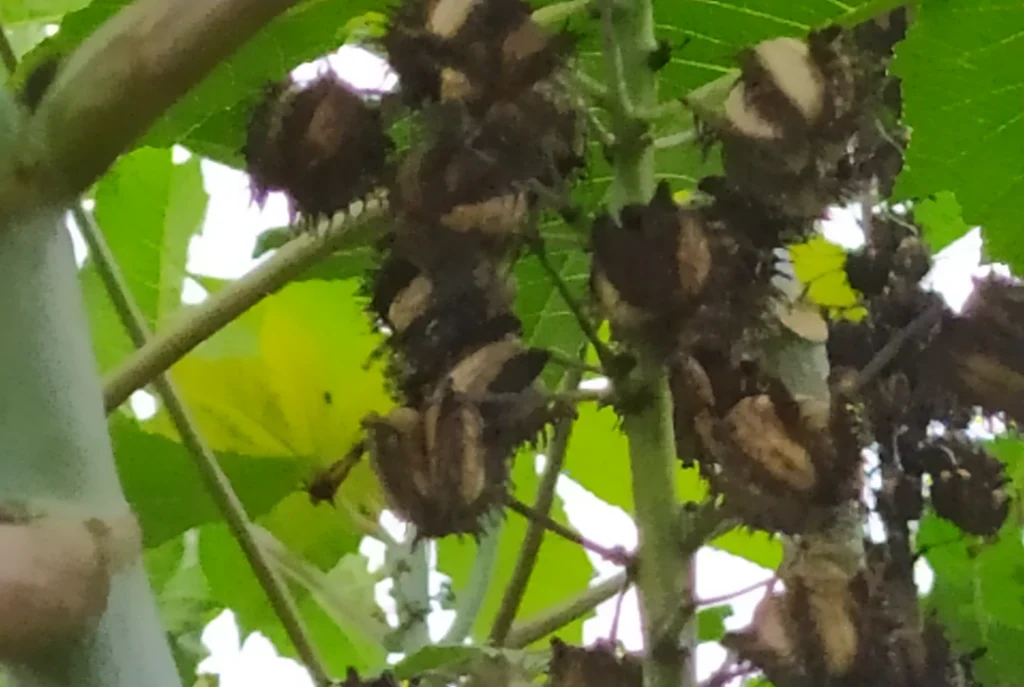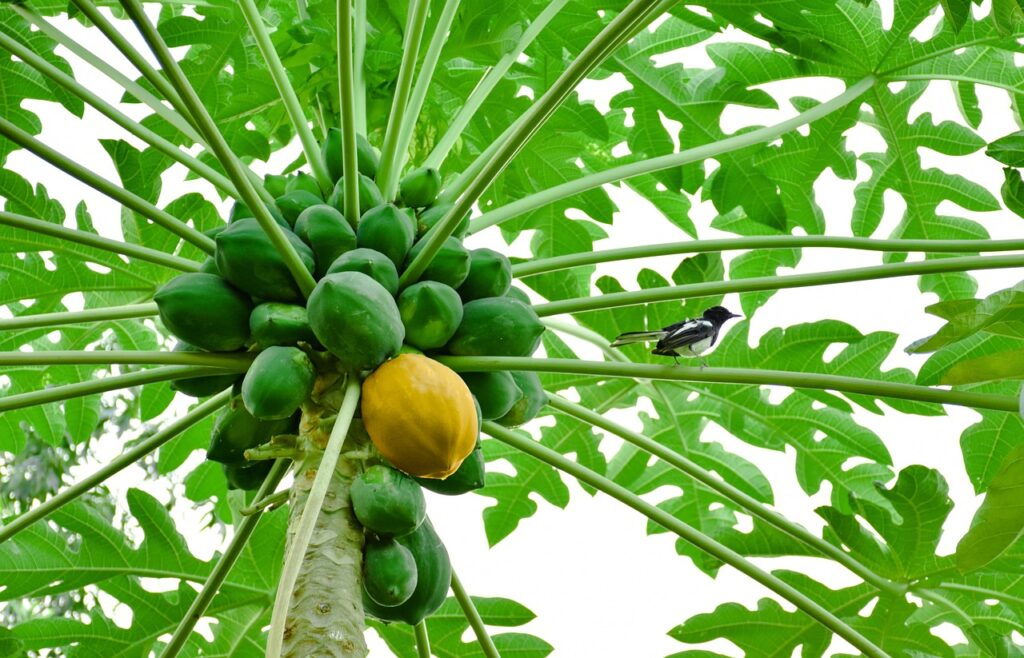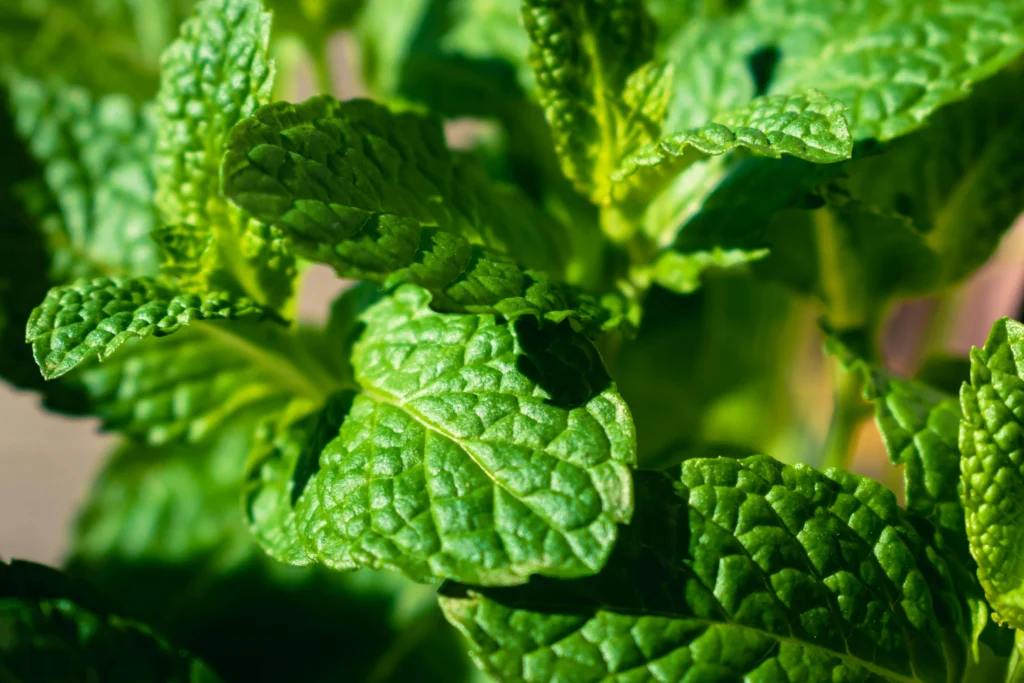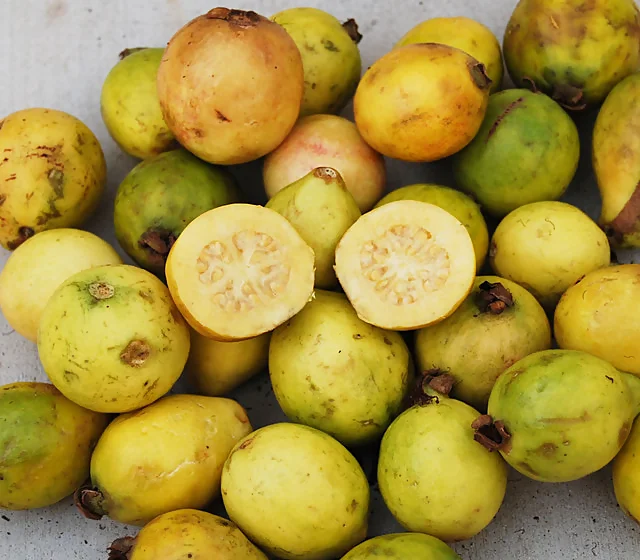31 Natural Herbs That Effectively Treat Inflammation
31 Natural Herbs That Effectively Treat Inflammation Understanding what is inflammation Ever wondered why your body gets all hot and bothered sometimes? That’s inflammation doing its thing! Inflammation It’s like your body’s personal security system, always on guard to protect you from harm. In this blog we’ll learn about 31 Natural Herbs That Effectively Treat Inflammation. Inflammation isn’t just about those red, swollen spots you can see. It’s your body’s complex response to harmful stimuli, working kinda like your personal security system. But here’s the thing: when this security system goes haywire, it can lead to all sorts of issues. Think of it as having an over enthusiastic security guard who tackles every visitor, even the friendly ones! Did you know that over 50% of Americans are living with chronic inflammation? Recent research from the National Institute of Health shows that chronic inflammation plagues the joints, intestines, and even the brain “Inflammation is the body’s natural response to protect itself against harm. However, chronic inflammation is now recognized as a major factor in many modern diseases. Dr. Andrew Weil, M.D. Medical Doctor, author List of 31 Natural Herbs That Effectively Treat Inflammation Lorem ipsum dolor sit amet, consectetur adipiscing elit. Ut elit tellus, luctus nec ullamcorper mattis, pulvinar dapibus leo. Lorem ipsum dolor sit amet, consectetur adipiscing elit. Ut elit tellus, luctus nec ullamcorper mattis, pulvinar dapibus leo. Types of Inflammation Let’s break down the two main types: 1. Acute Inflammation Duration: Short-term (days to weeks) Causes: Injuries, infections Signs: Redness, swelling, heat, pain Purpose: Healing and protection 2. Chronic Inflammation Duration: Long-term (months to years) Causes: Autoimmune conditions, lifestyle factors Signs: Fatigue, persistent pain, digestive issues Impact: Can lead to serious health conditions Common Signs You May Have Chronic Inflammation Watch for these warning signs: Persistent joint pain or stiffness Digestive problems (bloating, gas, discomfort) Frequent infections Constant fatigue despite adequate sleep Skin issues (rashes, acne, eczema) Brain fog and difficulty concentrating Unexplained weight gain Poor sleep quality How Herbs Combat Inflammation Nature’s medicine cabinet offers powerful tools for fighting inflammation. These herbs work through multiple mechanisms that scientists are just beginning to fully understand. The beautiful thing about herbal medicine is that plants contain hundreds of compounds working synergistically, rather than just one isolated chemical. Primary Mechanisms of Action COX-2 Enzyme Inhibition. Many anti-inflammatory herbs inhibit COX-2 which is the enzyme that releases the inflammatory prostaglandins. This is how ibuprofen works but to a milder extent without side effects. Antioxidant Activity. Oxidative stress is what free radicals cause in the body which induces inflammation. Therefore, herbs with antioxidants prevent these hazardous molecules from causing cellular damage in the first place. Cytokine Influence. Cytokines are messenger proteins that signal an inflammatory response. Some herbs have the ability to signal their presence to reduce excessive inflammation but maintain functioning immune response where appropriate. NF-κB Pathway Influence. This transcription factor is responsible for the genes that manage inflammation response. Many of the most potent anti-inflammatory herbs impact this pathway and its transcription factor signaling. Why Choose Herbs Over Conventional Medications? Benefits of Herbal Approaches: Fewer side effects with long-term use Multi-targeted action (address multiple pathways) Support overall health beyond inflammation Lower risk of organ damage Cost-effective options available Can be combined with lifestyle changes Important Note: This doesn’t mean herbs are always better or should replace necessary medications. Work with healthcare providers to determine the best approach for your situation. Top 31 Anti-Inflammatory Herbs Now let’s dive deep into the herbs that can transform your relationship with inflammation! Starting with: 1. Turmeric (Curcuma longa) The golden champion of anti-inflammatory herbs! Curcumin, the active ingredient in turmeric, is a powerful anti-inflammatory substance that’s been heavily researched. Over 12,000 published scientific papers discuss curcumin’s health benefits. Key benefits are: Reduces joint pain and stiffness Improves digestive health Supports brain function and memory Enhances immune response Protects heart health Scientific Evidence: A 2012 study from Phytotherapy Research showed curcumin to be as effective as diclofenac (an NSAID used commonly) for rheumatoid arthritis symptoms without gastrointestinal side effects. How to Use Turmeric: Golden Milk: Mix 1 tsp turmeric powder with warm milk, pinch of black pepper, honey Supplements: 500-2000mg daily of standardized extract (95% curcuminoids) Fresh Root: 1-3 grams daily, grated into smoothies or cooking With Black Pepper: Always combine with piperine (black pepper) to increase absorption by 2000% Precautions: May increase bleeding risk (avoid before surgery) Can interact with blood thinners High doses may cause digestive upset May lower blood sugar levels 2. Ginger (Zingiber officinale) Ginger is a miracle spice! The active components, gingerols and shogaols, exert their anti-inflammatory properties by interrupting the inflammatory pathway at virtually every level of effectiveness. Active Compounds: 6-gingerol (most abundant) 6-shogaol (formed during drying/cooking) Zingerone Paradols Research Note: A 2019 study of 247 people showed that in a 12 week period, ginger increased osteoarthritis pain markers by 30% (with reported increases in range of motion and less use of pain medication). Active Compounds: 6-gingerol (most abundant) 6-shogaol (formed during drying/cooking) Zingerone Paradols Research Note: A 2019 study of 247 people showed that in a 12 week period, ginger increased osteoarthritis pain markers by 30% (with reported increases in range of motion and less use of pain medication). Best Uses: Nausea and digestive inflammation Muscle soreness after exercise Arthritis pain Menstrual cramps Migraine relief How to Consume: 1. How to make Ginger Tea: Fresh Ginger Tea:– 1 inch fresh ginger, sliced– 2 cups boiling water– Steep 10-15 minutes– Add lemon and honey to taste– Drink 2-3 times daily Ginger Shot:– 2 inches fresh ginger– 1 lemon, juiced– Pinch cayenne– 1 tsp honey– Blend and strain Supplement Dosage: General use: 250-500mg daily Acute inflammation: 1000mg divided doses Motion sickness: 500mg 30 minutes before travel 3. Holy Basil (Tulsi) More than a mere pasta herb, holy basil (Ocimum sanctum) is known as the “Queen of Herbs” in Ayurvedic medicine, meaning it’s better than a little bit good for you. Holy basil is filled with eugenol, rosmarinic acid and more,

